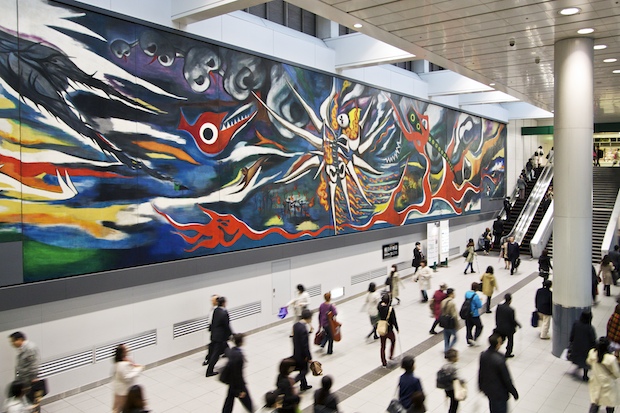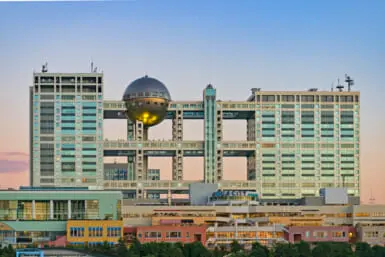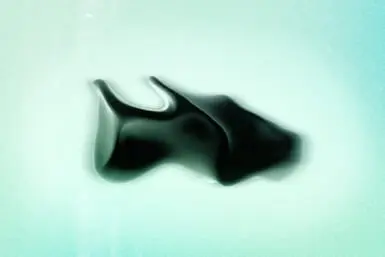Myth of Tomorrow - Taro Okamoto, photo: Owen Schaefer
What does an exhibition space lend to an artwork? Most galleries are careful to keep their walls looking pristine in an effort to achieve the “negative space” that modernism insisted would allow art objects to be free of context, to exist in some sort of pure state of art.
Hogwash of course. The context simply shifts to being a white-walled gallery — our chosen temples of art, which grant everything shown inside an aura of the sacred. But would an artwork be diminished by being shown in a factory? Some might. Others could very well be improved by it, no sarcasm intended. Context is always going to be a part of the equation, and its importance can by downplayed or played up.
This is particularly true in the case of public art. Take, for example, Taro Okamoto’s Myth of Tomorrow, the 30-metre painting originally commissioned for a hotel lobby in Mexico. Lost during the hotel’s bankruptcy, the mural turned up 30 years later in a warehouse shortly after the painter’s death, and Okamoto’s wife made sure that it was returned it to Japan, though sadly she didn’t live to see it arrive either.
The piece is an unusually direct depiction of the bombing of Hiroshima and Nagasaki, at least for the time it was painted. And the exact reasons that Shibuya station was chosen as a permanent home (after the piece did a one-year stint in the Museum of Contemporary Art Tokyo) is a political affair, likely having to do with not wanting one city or the other to feel artistically snubbed.
But over the last few years, many have commented on the appropriateness of having such a sombre reminder of death in the bustling pedestrian walkway of the Marks City building. Some find it ironically fitting, that the everydayness of the place should be pervaded by a sombre past — that office workers walk (and just as often flat-out run) past the work to make their trains without even looking up. Others see it as a fittingly located reminder to Japan’s youth that this event is in their history.

Myth of Tomorrow - Taro Okamoto
But as a work whose context has been commuted from one country to another and from one time to another, without an audience in between, a few interesting ideas present themselves. One is the fact that Okamoto never intended this to be a work for a Japanese audiences. When Okamoto’s wife felt that the commissioning hotel might balk at the imagery, he told her, “Because it is Mexico, this will work.” Yet decades later, here it is on display in Tokyo, in a social climate that has perhaps changed beyond what he could have imagined. And Myth of Tomorrow most definitely works here, although I will concede that it took Okamoto’s near-legendary status as an artist for such a thing to happen — the commissioned murals in most other trains stations are still mostly sunshine and rainbows.
Another contextual relationship arises when one realizes that the work was originally intended for a hotel setting — something as close to a gallery as you could ask. After all, most hotel guests will be visitors who only see decorative work once. But a train station is another thing entirely. This is a setting where most viewers will see the work again and again, every day. One might even say, ritually. Okamoto painted Myth in the spirit of mythologizing the A-bombings — not so that they would be forgotten, but so that they would become, literally, myths of tomorrow, the tales a culture tells itself and defines itself by. A strength rather than a weakness.
But mythologies are not created in a single event. They develop through retelling and ritual. For those that pass through this part of the station day after day, Okamoto’s work may dwindle into the background, but it has also become a daily part of their lives — going beyond the borrowed divinity of the gallery and bringing its dialogue with the public into their daily lives. The bombings may not have reached mythological status just yet, but then again, the title is not “Myth of Today.” Okamoto was an artist who understood the timescales of culture.
-Owen Schaefer









